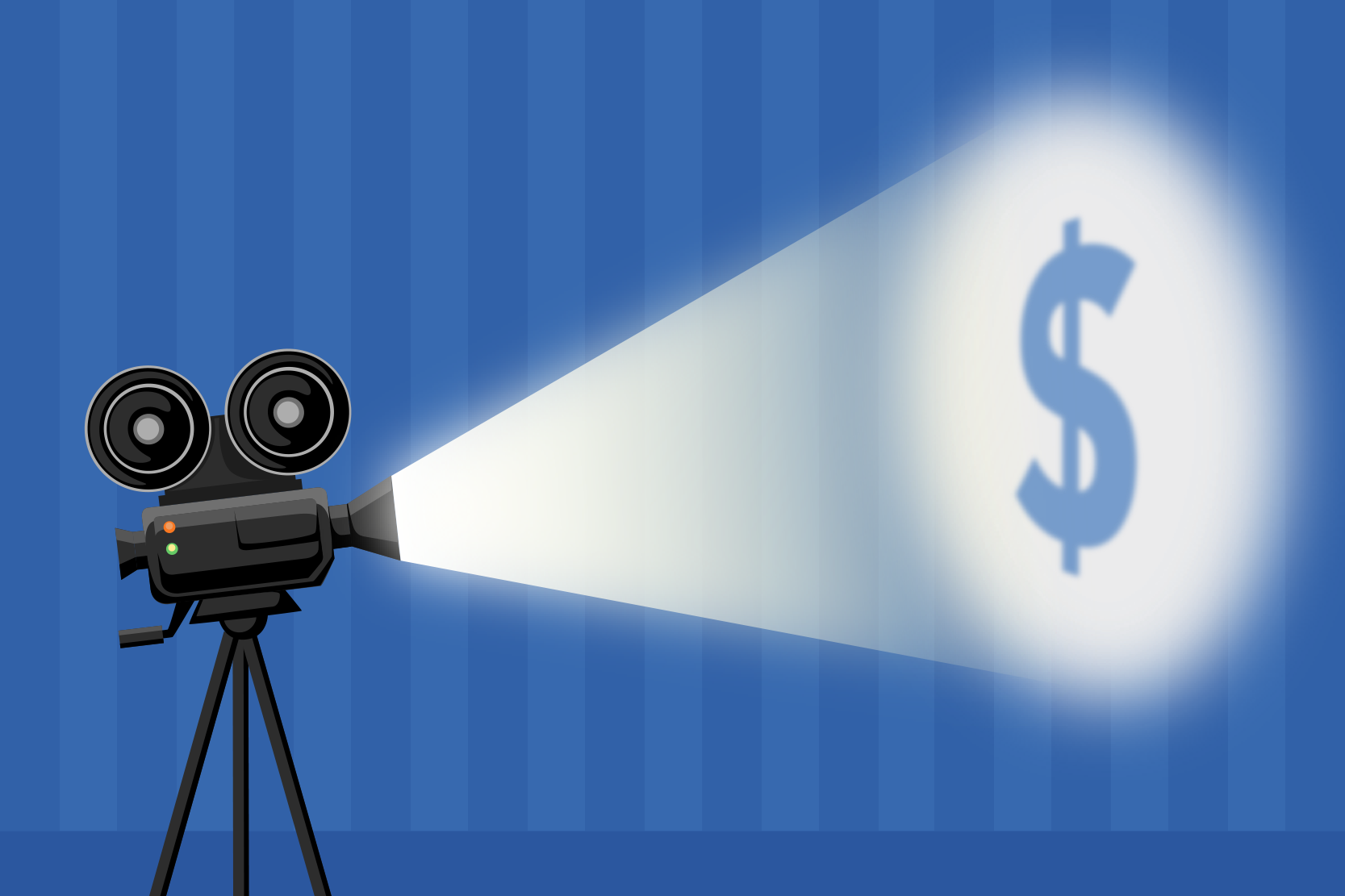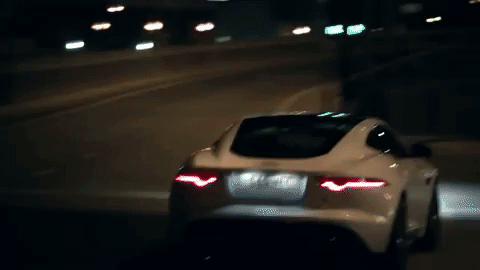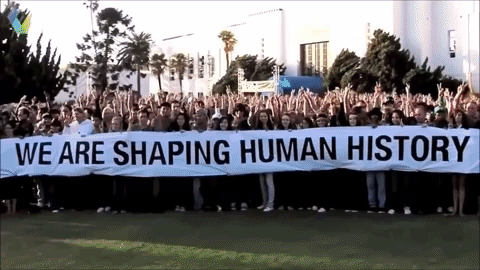

How much did that video cost?

A lower video budget doesn’t necessarily mean a lower quality video.
Most people think they can gauge how much a video costs just by looking at the final cut. Ourselves included, but boy were we wrong.
On one of our internal sharing sessions, production manager Kartini issued us a challenge: Look at two videos and make a guess as to which one costs more to produce.
The videos in question? Two Super Bowl ads by Jaguar and Microsoft respectively.
Jaguar and Microsoft are both established companies with high marketing budgets at their disposal. But if you have to make a guess, most of you will likely pick the Jaguar commercial like we did. After all, hiring A-list Hollywood stars like Tom Hiddleston, Ben Kingsley and Mark Strong to go on a wild chase using flashy cars and helicopters surely comes with a much heftier price tag… Right?
Wrong! As it turns out, both videos had the same budget of US $8 million. Are you surprised? This just goes to show that there are multiple factors that can affect the cost of a video, some of which might not be immediately evident.
A deeper look: Microsoft vs Jaguar
One of the biggest unseen factors is that video production is an ever-evolving process — what was storyboarded/conceptualised/written at the beginning will evolve at the filming stage and will continue to evolve even in the post-production stage. All of this is dependent on the circumstances of the video shoot and the approval process itself.
When you look at the Jaguar commercial, it’s straightforward. It was storyboarded and filmed the way you saw it — three A-list actors being villains using Jaguar cars and other modes of transport. The commercial appeal is apparent.
Meanwhile, the Microsoft video has lots of different moving footage stitched together to show the various advantages of technology from video conferencing to robotics and AI.
Like the Jaguar commercial, this video was also shown during the 2014 Super Bowl, meaning it needed to be good enough to satisfy various stakeholders and to appeal to a mass audience before it can be approved.
But unlike the Jaguar commercial, it might not be immediately apparent how the Microsoft video achieves that sans Hollywood stars. Much more thought and precision editing had to go into the Microsoft video to achieve that final snappy look. With so many different cuts and moving parts, it’s likely that any little bit of feedback would have resulted in multiple revisions and edits that ultimately increased the production cost. It’s also very likely that they shot a lot of footage and personal stories and meticulously decided which stayed on the cutting floor and which made it to the final cut.
Although the production value of the Jaguar commercial seems to outweigh the Microsoft one, guess which was most effective? The Microsoft commercial! In fact, it was named the winner of the 10th annual Kellogg School Super Bowl Advertising Review.
At the end of the day, it just goes to show what truly defines powerful storytelling — not just action-packed flashy aesthetics or star power, but making your story stick in the minds of your audience.
Microsoft banked on what resonated and what mattered most to their audience, and they captured it with a story that anyone can relate to, weaving those universal themes and emotions with their brand and products. The end result touches the audience and feels so real, almost unscripted.
The technicalities matter too
If we’re talking about the various technical details that affect the cost of an live-action video, the three Soapbox commercials that Sandwich created for Wistia by leveraging three drastically different budgets of $1,000, $10,000, and $100,000 are a pretty good gauge of what you get on each price point.
Here’s how some common technical variables and each of their sub components can impact the total amount of money spent:
1. Pre-production
The first stage of any video production is the conceptualisation. We personally like to joke about how this thinking process itself is sometimes worth $19,000 alone. And that’s because it’s the seed, and arguably the most crucial step in making a good video.
For instance, Akamai, a company that focuses on cybersecurity networks and the cloud, needed to create a video about their edge platform. Without going down the usual tech explainer route, they decided on a different approach. They chose sports as an analogy to demonstrate the unpredictability of the digital world, with that being a characteristic that’s shared in sports as well. Here’s the behind the scenes:
During the brainstorming session, our creative team pitches various ideas to decide the story and the look and feel of the video. If the client buys the idea, only then will storyboarding and scriptwriting commence.
2. Production
During this stage, there are many components that you should consider, including equipment, props, crew, talent, and location permits.
Would you record your video using a smartphone or an actual camera? Harking back to the Soapbox experiment, they used an iPhone to record the $1,000 video and a Canon camera to record the $10,000 video.
Besides, the skill needed to operate the video function on an iPhone is arguably less sophisticated than wielding a camera, which means you’ll probably need to hire someone who knows how to shoot with a professional camera.
Which brings us to the next point: how many people will be involved in the production of the video? From the director, to lighting crew, to sound technicians, and even on-screen talent — the more people involved, the higher your budget will have to be. The $100,000 Soapbox video even had to account for security guards and location permits in the budget; a stark contrast to the $1,000 video that was a DIY project where not even lighting, sound, or styling crew were present.
This proves that as your budget goes up, many moving parts are going on behind the scenes, even if the video looks pretty straightforward. Back to the Akamai example, this particular football video scene from the video shows a goalkeeper preventing goals like Akamai prevents attacks. The video was shot remotely, and an indoor field was built due to lockdowns.
For on-screen talent, you could use your existing employees as actors like Soapbox did, or you can hire professional actors, ranging from regular folk to celebrities like Jaguar did. You can also scout for actual personalities — the Microsoft video features former NFL player Steve Gleason. NFL players are hugely expensive though, especially in a Super Bowl ad — we’ve been told it can cost $15K to get them on a shoot.
Jaguar also used helicopters as props, meaning they have to set aside a budget to rent the helicopter and pay a pilot to fly it. In contrast, the Soapbox videos never used that fancy of a prop, even with the most expensive video.
3. Post-production
After you get all your video assets, the post-production process kicks in. The editor will edit the footage and lay it out accordingly, before handing it over to a motion graphics artist to do their magic. Akamai did just that by incorporating live-action videos with motion graphic animations to show the codes in computing.
Licensing requirements applies not just to the design software needed (such as Adobe Creative Cloud) but also to the music used in your video. As we have mentioned, sounds are an important part of a video; it enhances the viewing experience.
There are two options in getting the music rights, either you create it from scratch with the help of a professional, which gives you full ownership, or you can license the music from platforms such as Bensound or contact the artist directly for their permission. Both come at a cost that needs to be factored into your overall budget.
The same principle goes for images or footage. It’s either you capture it yourself for B-roll needs, or you license stock images from sites such as Getty images.
Remember that if you choose to license images or songs, you don’t have the exclusive rights, meaning that others who are willing to pay are free to use it too.
Video is part of every business’s marketing strategy today. Crafting the right message is more important than any special effects. While it’s true that a bigger budget will give you more options when doing extravagant shots, a smaller budget can help you think outside the box to get the shots you need at a fraction of the price.
Need proof? Watch this hilarious remake of the famous “Rooftop Showdown” scene in The Matrix, shot with just a $20 budget.
Regardless of what kind of video you’re making, perhaps one of the first questions you should ask yourself is, “How much money am I willing to spend?”










